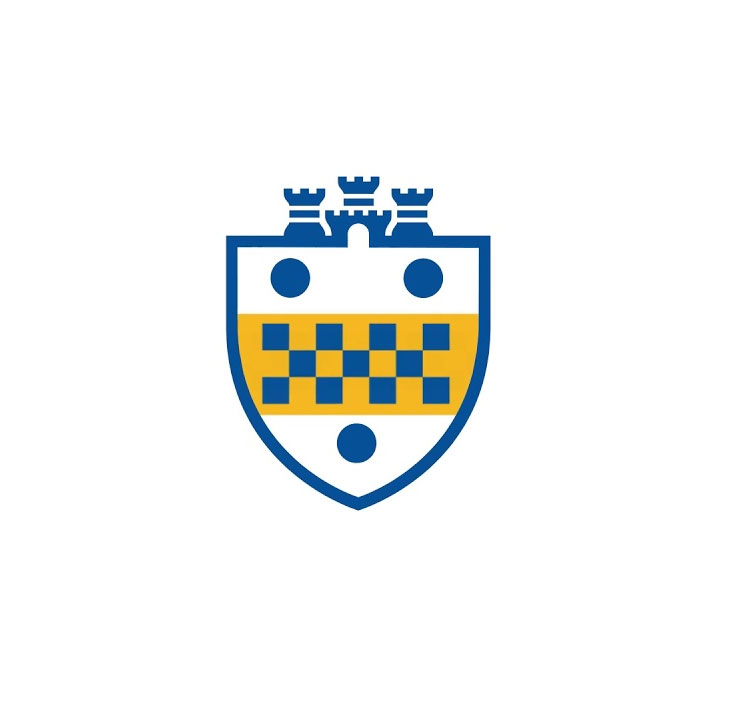Kevin Cordero
Trainee

Kevin Cordero
Faculty Mentor: Stephen Badylak
Update:
Research:The default mechanism of healing for damaged / ischemic heart tissue in adult mammals is characterized by inflammation and the deposition of fibrous connective tissue with resultant scar tissue formation. No regeneration of functional myocardium can be expected. Studies have shown that placement of (acellular) extracellular matrix (ECM) scaffolds in experimentally created defects of the right ventricular and left ventricular wall can facilitate the constructive remodeling of myocardial tissue. Stated differently, islands of progenitor cells with associated generation of mature functional cardiomyocytes have been shown in both dog and pig models. The mechanisms by which such remodeling occurs is largely unknown, but has been shown to be associated with the recruitment of multipotential bone marrow-derived progenitor cells and the formation of islands of functional myocardium. The specific chemoattractant molecules responsible for the presence of these cells are unknown. However it is suspected that degradation products of the ECM scaffolds play a critical role in the recruitment of the multipotential cells. The proposed studies involve the identification of the specific bioactive molecules and their receptors that participate in the process of constructive remodeling of the myocardium. It has been shown that the CCX family of chemokines and their receptors play critical roles in skeletal muscle regeneration. Specifically, these molecules appear to modulate the host immune response and determine whether or not mononuclear macrophages participate in the classical (M1) inflammatory response or the alternative (M2) pathway that is associated with constructive tissue remodeling. We hypothesize that the same molecules, or very similar molecules, are associated with the constructive remodeling observed in myocardial regeneration when ECM scaffolds are used.
Publications:
- Yu J, Yu J, Cordero KE, Johnson MD, Ghosh D Rae JM, Chinnaiyan AM, Lippman M. "A transcriptional fingerprint of estrogen in human breast cancer predicts patient survival". Neoplasia10(1)(79-88): , 2008
- Sikora MJ, Cordero KE, Larios JM, Johnson MD, Lippman ME, Rae JM. "The androgen metabolite 5a-androstane-3ß,17ß-diol (3ßAdiol) induces breast cancer growth via estrogen receptor: implications for aromatase inhibitor resistance". Breast Cancer Res Treat115(2)(289-296): , 2009
- Reing JE, Zhang L, Myers-Irvin J, Cordero KE, Freytes DO, Heber-Katz E, Bedelbaeva K, McIntosh D, Dewilde A, Braunhut SJ, Badylak SF. "Degradation products of extracellular matrix affect cell migration and proliferation". Tissue Eng Part A15(3)(605-14): , 2009
